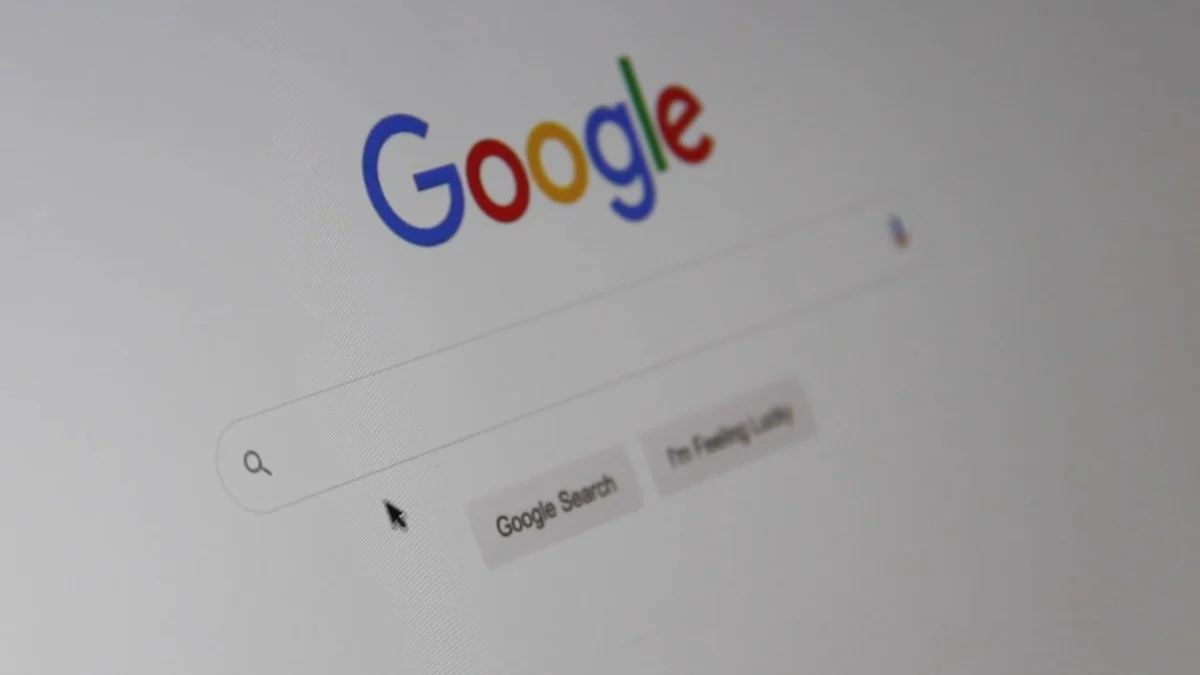10 Essential Google Penalty Recovery Services You Need

Understanding Google Penalties
When it comes to Google penalties, understanding their impact on your website ranking is crucial. These penalties can significantly affect your organic traffic and keyword rankings. There are various types of Google penalties, each with its own set of consequences. Common reasons for these penalties include black hat SEO techniques, thin content, and unnatural backlinks.
Recognizing the signs of a penalty is essential. A sudden drop in organic traffic, a decrease in keyword rankings, or manual actions in Google Search Console are clear indicators that something is amiss. Taking timely action is key to preventing further damage, restoring your website's credibility, and regaining lost traffic.
Effective Recovery Strategies
When facing Google penalties, implementing effective recovery strategies is essential to restore your website's search engine rankings. Let's delve into the key approaches that can aid in penalty removal and enhance your site's performance.
SEO Audit and Analysis
To kickstart the recovery process, conducting a comprehensive SEO audit is paramount. This involves identifying penalty triggers that led to the drop in rankings, evaluating various on-page SEO factors, and analyzing your backlink profile for any suspicious activity.
Content and Backlink Cleanup
A crucial step in Google penalty removal involves cleaning up your content and backlinks. This includes removing any low-quality content that may have triggered penalties, disavowing toxic backlinks that harm your site's credibility, and enhancing the relevance of your existing content to align with search engine guidelines.
Algorithmic vs. Manual Penalties
Distinguishing between algorithmic and manual penalties is vital for devising tailored recovery strategies. Understanding how algorithmic penalties impact your site's visibility and addressing manual actions taken by Google can significantly influence the success of your recovery efforts. By tailoring strategies based on the type of penalty incurred, you can effectively navigate the path to penalty removal.
Implementing these strategic steps will not only aid in recovering from Google penalties but also pave the way for long-term success in maintaining healthy search engine rankings.
Pro Tip: Engage in regular SEO audits to stay proactive in identifying potential issues before they escalate.
Choosing the Right Service Provider
When it comes to selecting a service provider for Google penalty removal services, several key factors play a crucial role in ensuring successful recovery and long-term website health.
Evaluating Experience and Expertise
Before entrusting a digital marketing agency with your website's recovery, it's essential to assess their experience and expertise in handling penalties effectively. Look for a provider like Marcel Digital or Single Grain with a proven track record of assisting clients in penalty recovery. Checking their industry reputation and verifying client testimonials can offer valuable insights into their success stories.
Transparency in Strategies
Transparency is paramount when engaging a service provider for penalty removal. Opt for an agency that maintains clear communication channels throughout the recovery process. Ensure they provide detailed recovery plans outlining the steps they will take to address the penalties effectively. Regular progress updates should also be part of their service to keep you informed about the status of your website's recovery.
Customized Recovery Approach
Each penalty type requires a tailored solution for effective removal. A reputable service provider will offer personalized recovery timelines based on the severity of the penalties incurred. They should provide ongoing support and monitoring to ensure that your website not only recovers from existing penalties but also remains compliant with search engine guidelines in the long run.
Engaging with an experienced and transparent service provider is key to navigating the complexities of Google penalties and safeguarding your website's online presence effectively.
Ensuring Long-Term Compliance
In the realm of SEO, ensuring long-term compliance with search engine guidelines is paramount for sustained success. By implementing white-hat SEO practices, websites can maintain ethical standards and provide valuable content to users. Ethical link building strategies, quality content creation, and user-centric website design are key pillars of white-hat optimization.
Monitoring and Reporting
To track performance metrics effectively, utilizing tools like Google Analytics is essential. These tools offer real-time data insights to monitor website health, analyze ranking changes post-algorithm updates, and detect irregularities promptly. Marketers rely on such tools to enhance organic search rankings, boost site traffic, and improve ROI from digital strategies.
Continuous Education and Adaptation
Staying informed about evolving SEO trends and adapting to algorithm changes are crucial for long-term compliance. Engaging in regular SEO audits helps identify potential issues early on, allowing for proactive measures to maintain website health and visibility amidst changing search engine dynamics.
About the Author: Quthor, powered by Quick Creator, is an AI writer that excels in creating high-quality articles from just a keyword or an idea. Leveraging Quick Creator's cutting-edge writing engine, Quthor efficiently gathers up-to-date facts and data to produce engaging and informative content. The article you're reading? Crafted by Quthor, demonstrating its capability to produce compelling content. Experience the power of AI writing. Try Quick Creator for free at quickcreator.io and start creating with Quthor today!
See Also
Top SEO Trends to Watch for in 2024
Strategies to Avoid AI-Content Detection by Google for SEO
Enhance Your Website's EEAT Score for Better SEO Results

